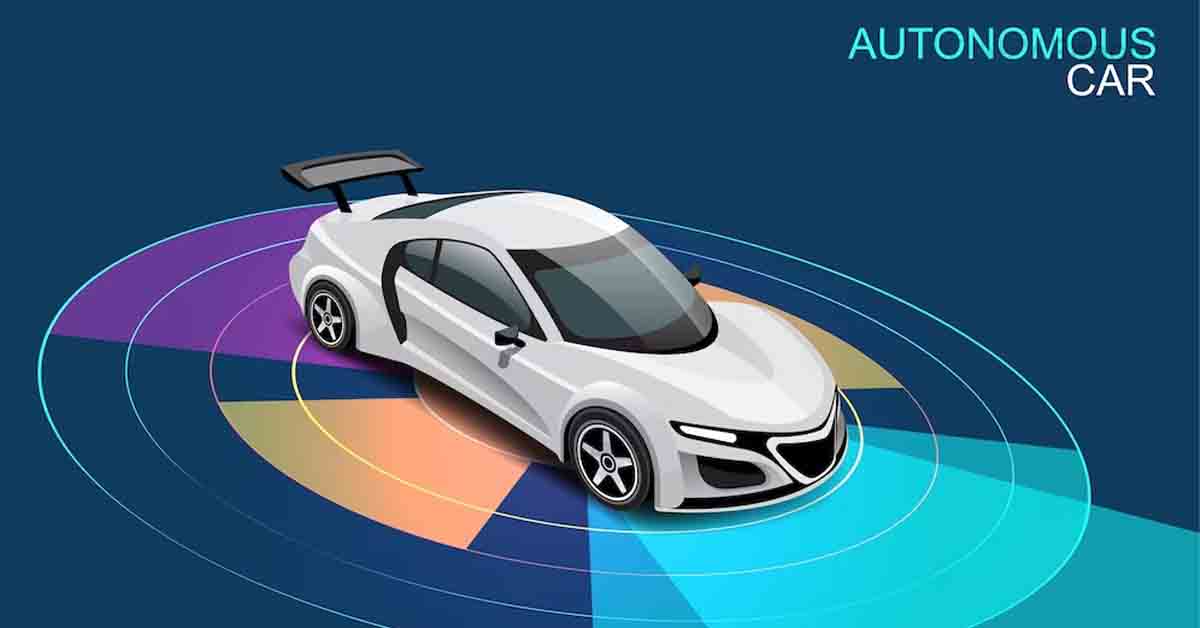The Promise and Challenges of Autonomous Vehicles 2023
Introduction
The advent of autonomous vehicles has sparked a transformative shift in the automotive industry and has the potential to revolutionize transportation as we know it. These self-driving cars promise increased safety, improved traffic flow, reduced emissions, and enhanced mobility for various segments of society. However, the journey towards fully autonomous vehicles is not without its challenges. In this blog post, we will explore the promise and challenges associated with autonomous vehicles, shedding light on their potential benefits and the obstacles that must be overcome to realize their full potential.
The Promise of Autonomous Vehicles
1. Safety: One of the primary promises of autonomous vehicles is their potential to significantly enhance road safety. According to the World Health Organization (WHO), more than 1.35 million people die each year due to road traffic accidents. Autonomous vehicles have the ability to minimize human error, which is responsible for the majority of accidents. By leveraging advanced sensors, machine learning algorithms, and real-time data analysis, self-driving cars can identify potential hazards, react faster than humans, and avoid accidents, potentially saving countless lives.
2. Traffic Efficiency: Traffic congestion is a pervasive problem in many urban areas, leading to wasted time, increased fuel consumption, and heightened air pollution. Autonomous vehicles offer a solution by optimizing traffic flow through improved coordination and communication. With the ability to share information with other vehicles and traffic management systems, self-driving cars can navigate more efficiently, reduce bottlenecks, and optimize travel routes, resulting in smoother traffic flow and reduced congestion.
3. Environmental Impact: The transportation sector is a significant contributor to greenhouse gas emissions. Autonomous vehicles hold the promise of reducing carbon footprints through several means. Firstly, self-driving cars can be programmed to operate with optimal fuel efficiency, reducing energy consumption. Secondly, their ability to communicate and coordinate with each other can lead to more efficient use of road space and a reduction in overall vehicle numbers. Finally, the integration of electric and autonomous vehicles can accelerate the transition towards a sustainable and low-carbon transportation system.
4. Mobility for All: Autonomous vehicles have the potential to enhance mobility for segments of society currently underserved by traditional transportation systems. Elderly individuals, people with disabilities, and those without access to private vehicles can benefit from self-driving cars that provide convenient, on-demand transportation. Moreover, shared autonomous vehicles can promote carpooling, reducing the need for private vehicle ownership and making transportation more affordable and accessible to a wider population.
Challenges in Implementing Autonomous Vehicles
1. Technological Limitations: While significant progress has been made in autonomous vehicle technology, there are still hurdles to overcome. Ensuring the reliability and accuracy of sensors and algorithms in diverse weather and road conditions remains a challenge. Additionally, the transition from human-driven to fully autonomous vehicles involves complex regulatory and legal frameworks that need to be established to ensure safety, liability, and accountability in case of accidents or system failures.
2. Ethical Considerations: Autonomous vehicles must grapple with ethical dilemmas when confronted with situations that require split-second decisions. For example, in a scenario where an accident is inevitable, how should a self-driving car prioritize the safety of its occupants versus that of pedestrians or other vehicles? Resolving these ethical considerations requires careful thought and a consensus on ethical frameworks that guide the decision-making algorithms of autonomous vehicles.
3. Infrastructure Readiness: The widespread adoption of autonomous vehicles requires robust infrastructure support. The current road infrastructure needs to be upgraded to accommodate self-driving cars, including dedicated lanes, smart traffic management systems, and reliable communication networks. Building this infrastructure will require substantial investments and coordination between government agencies, technology companies, and other stakeholders.
4. Public Acceptance: Concerns about privacy, cybersecurity, job displacement, and the loss of human control over vehicles may hinder the widespread acceptance of autonomous vehicles. Building public trust through transparent communication, rigorous testing, and demonstrable safety records is crucial. Moreover, educating the public about the potential benefits of autonomous vehicles and addressing their concerns can help foster acceptance and understanding.
5. Legal and Regulatory Frameworks: The emergence of autonomous vehicles has raised numerous legal and regulatory challenges. Determining liability in the event of accidents involving self-driving cars, establishing safety standards, and updating traffic laws to accommodate autonomous technology are complex tasks. Governments and regulatory bodies must collaborate with industry stakeholders to create comprehensive frameworks that ensure safety, accountability, and compliance with existing regulations.
6. Cybersecurity: As autonomous vehicles become increasingly connected and reliant on software systems, cybersecurity threats loom large. Hackers targeting autonomous vehicles could compromise their operation, endangering lives and property. Ensuring robust cybersecurity measures, such as encryption protocols, secure communication networks, and regular software updates, is essential to protect autonomous vehicles from cyber threats.
7. Job Displacement and Workforce Transition: The widespread adoption of autonomous vehicles has the potential to disrupt the job market, particularly in the transportation and logistics sectors. Autonomous vehicles could replace certain job roles, such as long-haul truck drivers and taxi drivers. Ensuring a smooth transition for affected workers through retraining programs and creating new job opportunities in emerging fields associated with autonomous vehicles is crucial to mitigate the social and economic impact of job displacement.
8. Interoperability and Standardization: To fully realize the potential of autonomous vehicles, interoperability and standardization across different manufacturers and technologies are essential. Creating a cohesive ecosystem where self-driving cars from different manufacturers can communicate and cooperate seamlessly is critical for efficient traffic management and overall system effectiveness. Establishing common technical standards and protocols is necessary to enable interoperability and avoid fragmentation in the autonomous vehicle market.
Conclusion
Autonomous vehicles offer a promising future with enhanced safety, improved traffic efficiency, reduced emissions, and increased mobility for all. However, realizing this future requires addressing the significant challenges associated with autonomous technology. Overcoming technological limitations, resolving ethical dilemmas, ensuring infrastructure readiness, building public acceptance, establishing legal frameworks, bolstering cybersecurity, managing job displacement, and achieving interoperability are critical steps toward unlocking the full potential of autonomous vehicles.
Stakeholders across various domains, including government bodies, industry leaders, academia, and society as a whole, must collaborate and invest in research, development, and infrastructure to overcome these challenges. By doing so, we can shape a future where autonomous vehicles coexist harmoniously with traditional transportation methods, revolutionizing mobility and ushering in a new era of safer, more efficient, and sustainable transportation systems.






